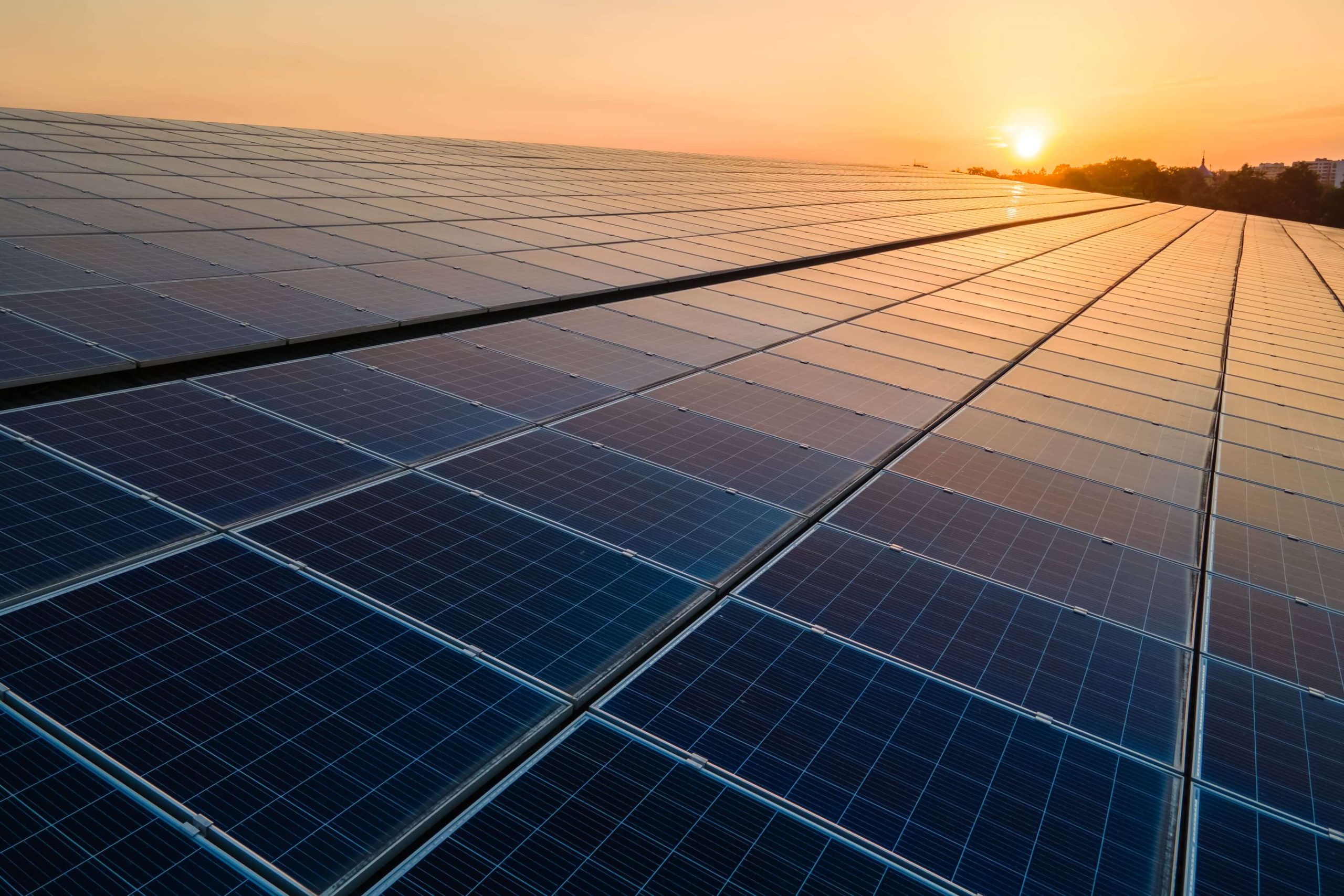Солнечная энергия — главная игра в сфере чистой энергии
Три четверти мировых дополнительных мощностей возобновляемых источников энергии в 2024 году пришлось на солнечную энергию.
На солнечную энергию пришлось подавляющее большинство новых мощностей возобновляемой энергетики в 2024 году, что является показателем того, что относительно дешевая, гибкая чистая технология опережает такие находящиеся в тяжелом положении возобновляемые источники энергии, как ветер.
Данные Международного агентства по возобновляемым источникам энергии (Irena) показывают, что к концу 2024 года мировая мощность солнечной энергетики составила 1865 гигаватт, что на 452 ГВт больше, чем годом ранее. Эти добавления составили три четверти мирового расширения мощностей возобновляемых источников энергии в прошлом году.
Остальная часть пришлась на 113 ГВт дополнительных мощностей ветроэнергетики, построенных в 2024 году. Гидроэнергетика (+15 ГВт), биоэнергетика (+4,6 ГВт) и геотермальная энергия (+0,4 ГВт) зафиксировали гораздо меньшие добавления.
Рост числа проектов в области солнечной фотоэлектрической энергетики (PV) не случаен. В отличие от других технологий возобновляемой энергетики, таких как ветряные турбины, солнечные фотоэлектрические панели можно размещать где угодно: от крыш до сельскохозяйственных угодий и объектов коммунального обслуживания в пустыне.
На многих рынках солнечные проекты также часто имеют самую низкую приведенную стоимость электроэнергии, отраслевой показатель средней стоимости производства электроэнергии за весь срок службы электростанции. Закон Свенсона, наблюдение основателя SunPower Corporation о том, что стоимость солнечных фотоэлектрических модулей имеет тенденцию снижаться на 75% каждые 10 лет, в целом оказался верным.
«Почти в каждой стране мира есть солнечный потенциал, и это самая дешевая и гибкая технология», — сказала Соня Данлоп, генеральный директор отраслевой ассоциации Global Solar Council. Она добавила, что более низкие капитальные затраты и устойчивые цепочки поставок позволяют устанавливать солнечные батареи с меньшими затратами и в большем количестве мест, чем другие технологии.
Глобальные прямые инвестиции, выделенные на проекты солнечной энергетики в 2024 году, составили 88 млрд $, что немного меньше, чем 98 млрд $ годом ранее, но вдвое больше, чем 41 млрд $, выделенных на проекты ветровой энергетики, по данным fDi Markets, которая отслеживает объявления о новых проектах. Инвестиции в ветроэнергетику застопорились в 2024 году из-за проблем с цепочками поставок и политической оппозиции на зарождающихся рынках, таких как США.
Глобальная генерация от солнечных фотоэлектрических установок удваивается примерно каждые три года с 2016 года и снова сделала это в период с 2021 по 2024 год, по данным Международного энергетического агентства. МЭА прогнозирует, что к 2030 году солнечная энергия должна составить половину мощностей чистой энергии, чтобы мир достиг своей цели утроить глобальные мощности возобновляемых источников энергии.
Китай остается крупнейшим драйвером роста мирового развертывания. Почти две трети новых мощностей возобновляемой энергии, построенных в 2024 году, были в Китае, что привело к тому, что на Азию в целом приходится 72% мировых добавлений мощностей, согласно данным Irena.
Артем Абрамов, руководитель отдела исследований новых источников энергии консалтинговой компании Rystad в сфере энергетики, говорит, что «добавление новых солнечных батарей — это простая задача» на многих рынках. Цепочка поставок, в которой доминирует Китай, также «чрезвычайно надежна» после «огромного перенаращивания мощностей» в 2022 и 2023 годах, что привело к снижению цен на солнечные модули и заставило китайских производителей продавать их за рубежом, добавил он.
Опасения по поводу дешевого китайского импорта солнечных деталей и панелей в последние годы заставили торговые группы в Европе и США призвать к политике стимулирования инвестиций и защиты возможностей внутренней цепочки поставок. Но лидеры отрасли утверждают, что политика экономической безопасности рискует увеличить глобальные издержки энергетического перехода.
«Мир часто забывает, что единственная причина, по которой солнечная энергия сегодня так дешева, — это Китай, который в течение последнего десятилетия продвигал экономию масштаба и инновации», — говорит г-жа Данлоп из Глобального солнечного совета. BloombergNEF прогнозирует, что в 2025 году будет развернуто 698 ГВт солнечной энергии, но препятствия на пути энергетического перехода, вероятно, сохранятся.
«Постоянные сдвиги политики в сторону скептической повестки дня в отношении климата, а также отток нефтегазового капитала из разработок в области возобновляемых источников энергии» будут оказывать давление на создание новых активов чистой энергии, заключил г-н Абрамов.
fDi Markets





